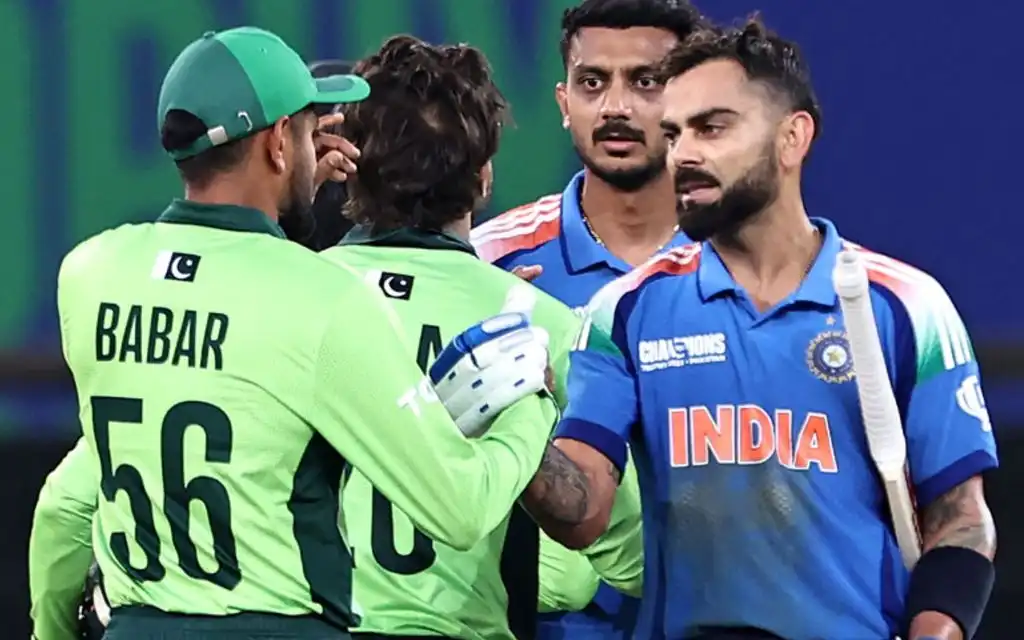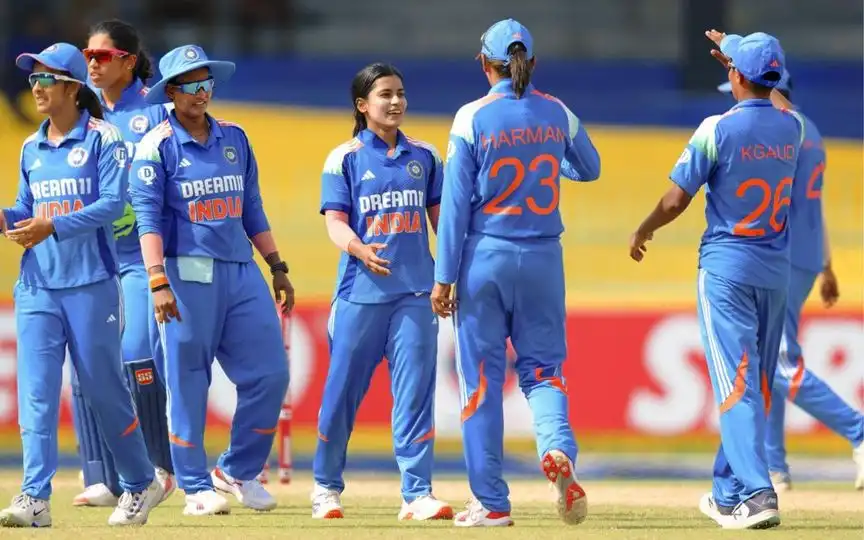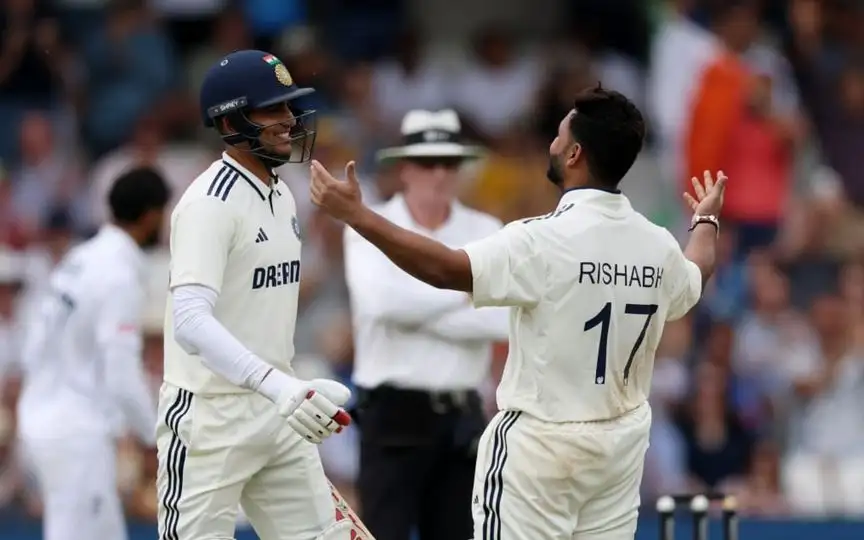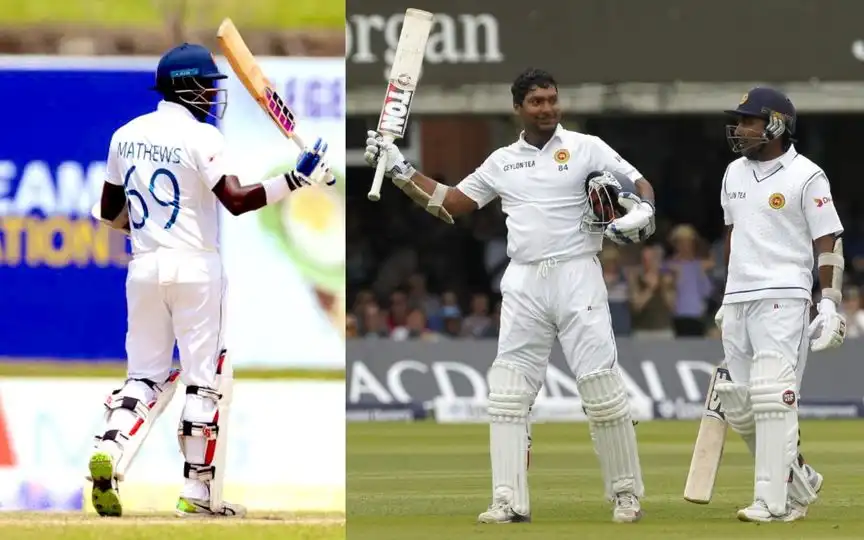 India vs Pakistan in Same group - (Source : @Johns/X.com)
India vs Pakistan in Same group - (Source : @Johns/X.com)
In the growing age of franchise cricket, international cricket is struggling for viewers, capital, and value. Even in these challenging times, ICC events are worth the wait for. Introducing The World Cup in early 70s, helped cricket to expand to more nations, reaching new heights.
Viewership skyrocketed, and the ICC World Cup became the equivalent of the FIFA World Cup, with all teams competing for the ultimate trophy. At present, one ICC event takes place every year, but, over the years, the gentlemen's game has lacked transparency.
Cricket Struggles To Go Global
Compared to other sports, cricket has failed to become truly global. Unlike football and tennis— which are played in almost every country—cricket is popular mainly in Asia, Oceania, and the UK in Europe.
Countries like Spain, France, and Germany still struggle to reach the top level in cricket. Who is to blame? Is it the refusal to adapt a new game, or the sport's rigid format and lack of transparent scheduling that prevents new teams from rising?
Cricket Only A 12 Nation Game?
It is worth noting that there are 108 cricket-playing nations, but only 12 full members. The main issues with cricket over the years have been its format and scheduling.
Australia, Bangladesh, England, India, Ireland, New Zealand, Pakistan, South Africa, Sri Lanka, West Indies, Zimbabwe, and Afghanistan are the 12 full members, and these same teams participate in every ICC event, leaving little room for others to break through.
First, consider that a tournament like the World Cup sometimes started with only eight teams, which is shameful for an event called the 'World Cup'.
The maximum number of teams which featured in a single edition was in 2007 when 16 teams participated. Interestingly, instead of expanding the sport further, the fifty-over World Cup now features only 10 teams.
Why Rigid Format Restricts Lower-Ranked Teams To Rise
However, efforts are being made in the shortest format; the 2024 T20 World Cup saw 20 teams compete and was held in the USA for the first time in history. To understand the issue of inclusivity, one must examine how the format of these ICC events works.
Take the 2024 T20 World Cup: all five ICC regions (Africa, Americas, Asia, East-Asia Pacific, and Europe) hold the qualifying round, and teams qualify for the main event based on their continent's rankings.
Three teams each qualify from the Americas and Africa, seven from Asia, four from Europe, and three from East-Asia Pacific.
However, while the qualifying round suggests that seven teams will qualify from Asia, this is not the case. The top 10 teams are pre-decided based on their ICC rankings. Thus, cricket superpowers like India, Australia, England, New Zealand, and Pakistan do not enter the qualifying round and take advantage of their previous ICC performances. Ideally, there should be a level playing field for all teams at the start of a new ICC cycle.
For the 2024 T20 World Cup, only two teams—Oman and Nepal—qualified from Asia. The current structure allows minimal opportunity for lower-ranked teams or emerging nations to showcase themselves on the biggest stage, as the superpowers secure their spots based on past events.
12 Teams Already Decided For 2026 T20 World Cup
To explain in simpler terms, 2026 T20 World Cup will also feature 20 teams, but 12 teams have already qualified. India and Sri Lanka are the hosts, so they receive automatic qualification.
However, Afghanistan, Australia, Bangladesh, England, South Africa, USA, and West Indies have already qualified because they were the top seven teams in 2024 T20 World Cup. This logic itself kills the sports' beauty because top nations keep getting favoured for their past performances, whereas a new team, which might actually be doing well, will miss out on a spot.
India, Pakistan And Top Nations Should Play Qualifiers
Why does the ICC do this? Is it the fear of a big team suffering an upset during qualification, leading to a commercial loss for international cricket? That is highly possible.
In football, countries like the Netherlands and Italy—considered among the best—have failed to qualify for the World Cup. While shocking, such results make the sport special by allowing smaller nations to rise.
But how can countries like Spain, France, or Japan reach the top stage if they have fewer qualifying spots and rarely face top nations like India or Pakistan in the qualifiers?
Random Scheduling A Victim Of Capitalism
Since India and Pakistan are being mentioned in the same breath, this brings attention to another issue: the lack of transparency in the cricket schedule.
Before discussing cricket, let's compare how draws and fixtures are made in global sports like football and tennis. In football, 32 teams participate in the World Cup. All big teams, including Argentina and Portugal, must take part in qualifiers and work hard to qualify. In fact, in the 2022 World Cup, Argentina were nearly eliminated during qualifying.
Furthermore, the top-ranked teams (1–8) are placed in eight different groups, and the draw is made according to rankings, with all of it broadcast live.
In cricket, however, there is no such transparency. Schedules are often announced via a Twitter post from the ICC—and, surprise, surprise, India and Pakistan are always in the same group.
While this is great for fans who love to see the two arch-rivals face off, it is an insult to the sport. Notably, India and Pakistan have not played a bilateral series since 2012. Looking at ICC events since 1975:
It was only in 2003 that India and Pakistan were kept in the same group, highlighting the key rivalry between Sachin Tendulkar and Shoaib Akhtar. However, since the 2015 World Cup, the two teams have never been separated into ICC groups.
India And Pakistan Kept-Together In Same Group Since 2015
Since 2015, India and Pakistan have been in the same group at every ICC event—simply because of commercialisation, viewership, and marketing.
After the bilateral series hiatus, the ICC fears that one of the two teams might not participate in an ICC event if they are not kept in the same group. Thus, ensuring at least one India-Pakistan match in every cycle.
However, this approach is harming the sport. To satisfy two sets of fans, there is a disparity and lack of transparency in scheduling. If this is not addressed soon, it will continue to diminish the spirit of the game.
Errors Which Require Rectification
If such principles were followed in every sport, Argentina and Portugal would be drawn into the same group so fans could watch Lionel Messi and Cristiano Ronaldo face-off, which would break viewership records.
Even in tennis, a random-draw structure is followed. It would be fine if cricket adopted a similar approach, but even random fixtures cannot guarantee that India and Pakistan will be placed in the same group every year since 2015.
If cricket is to expand to other countries and truly feel like a World Cup, major changes need to be made—if the gentleman's game is to remain gentle.

.jpg?type=mq)

.jpg?type=mq)

